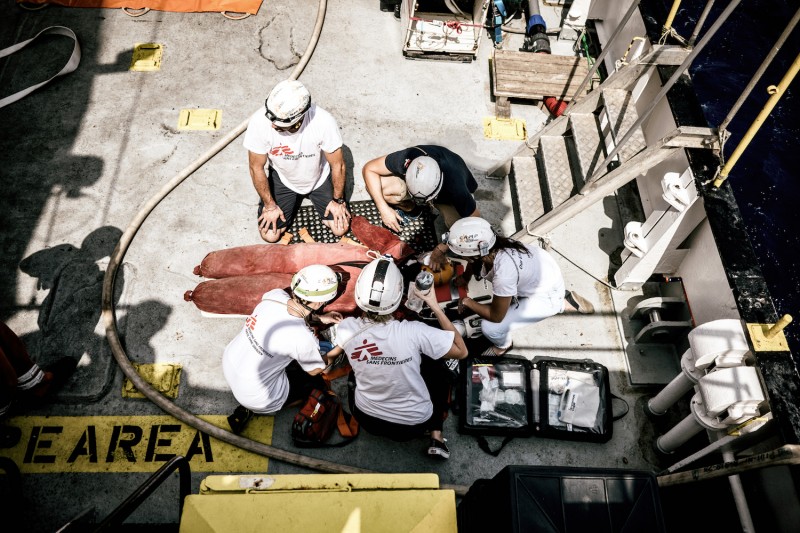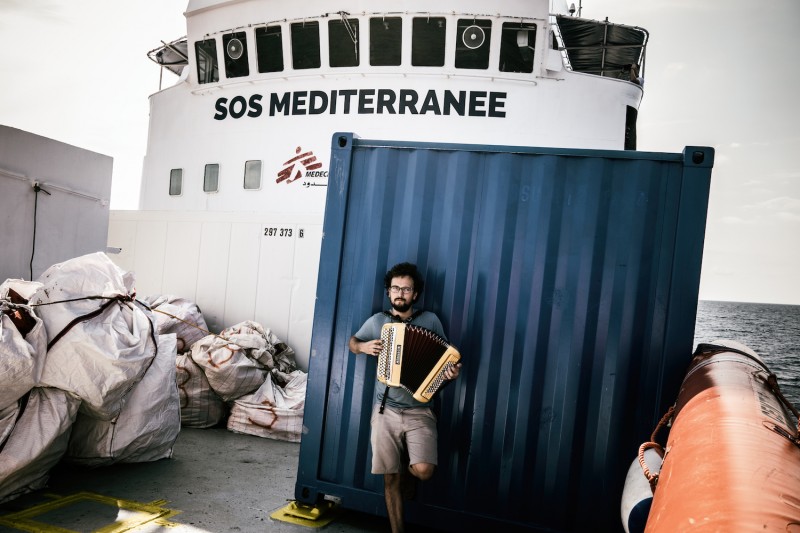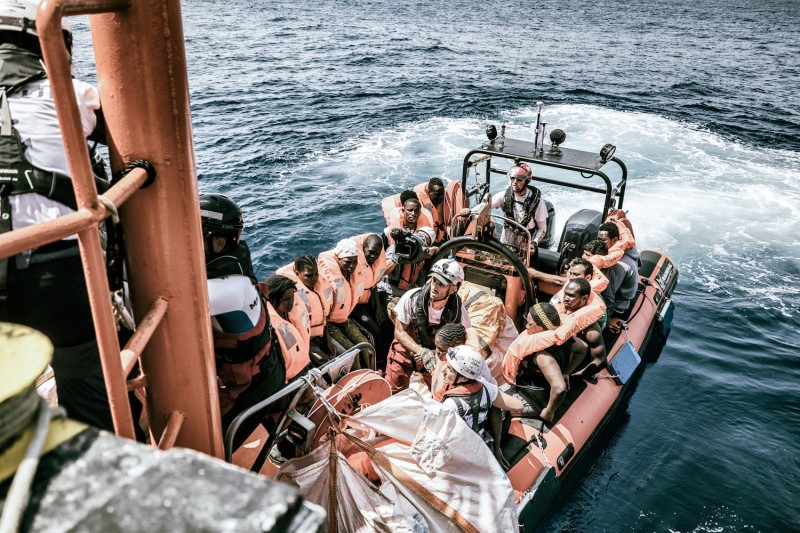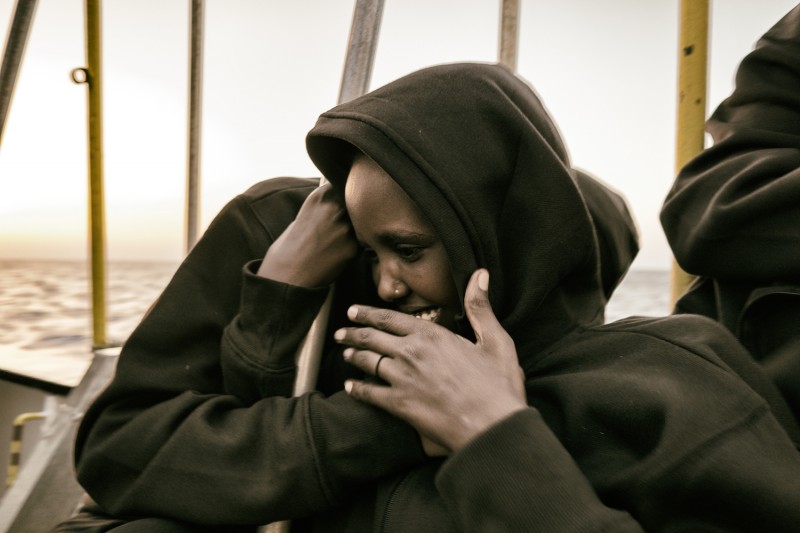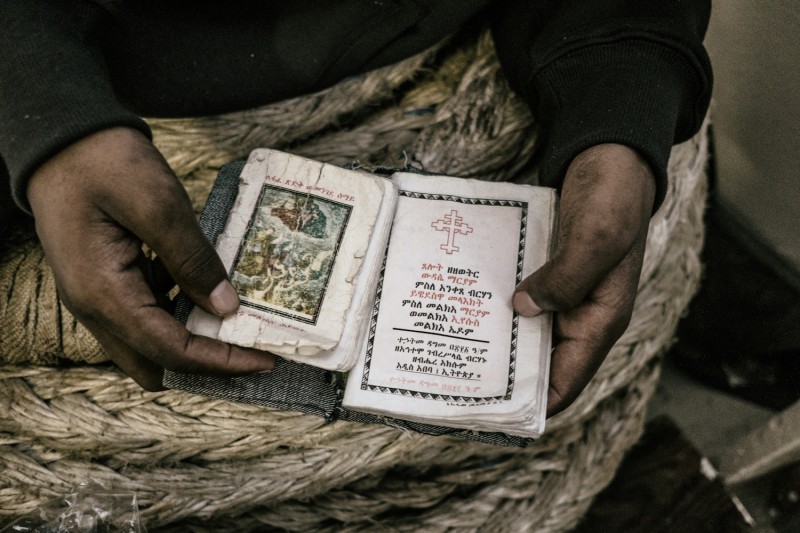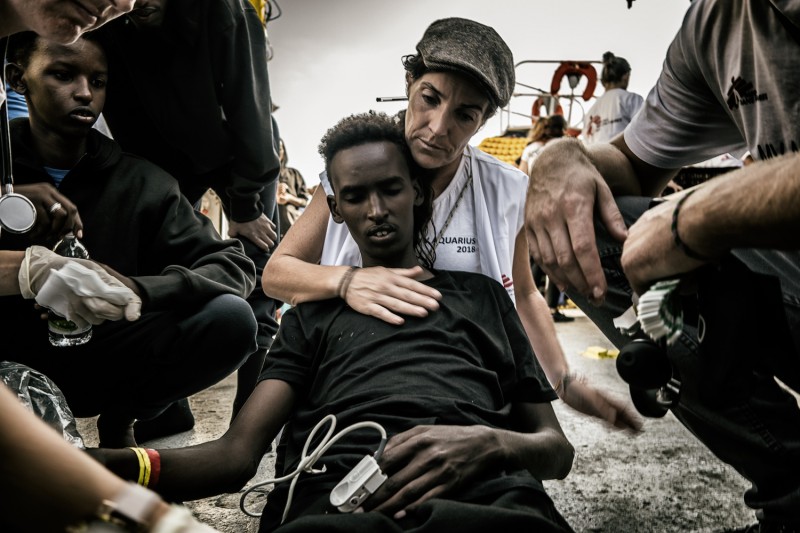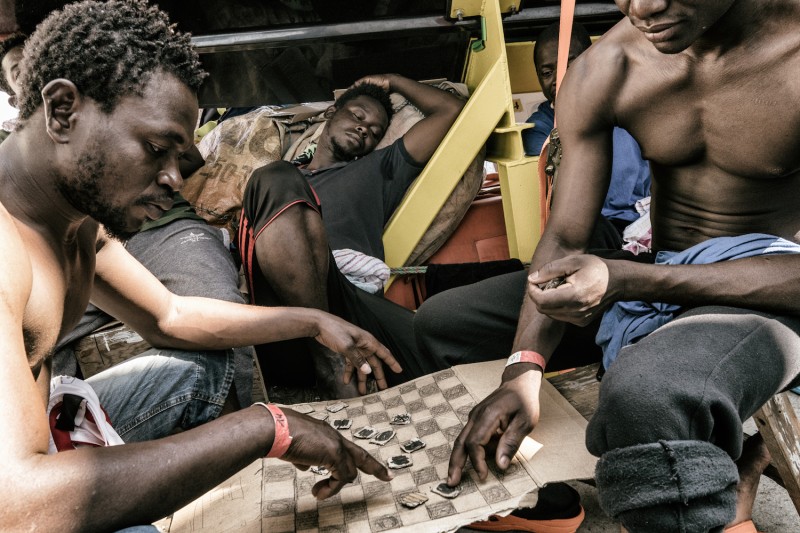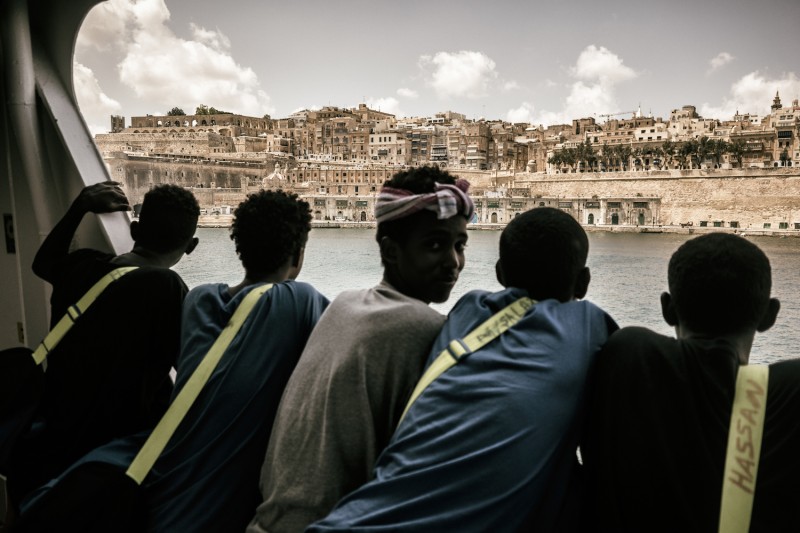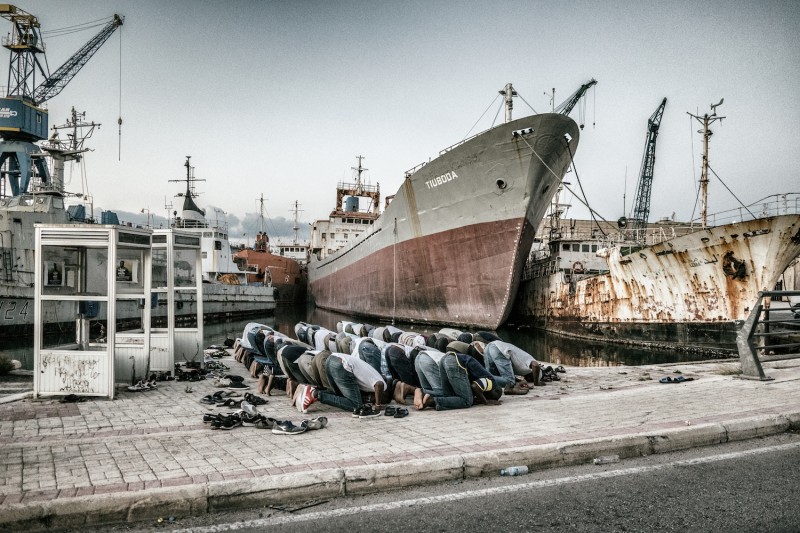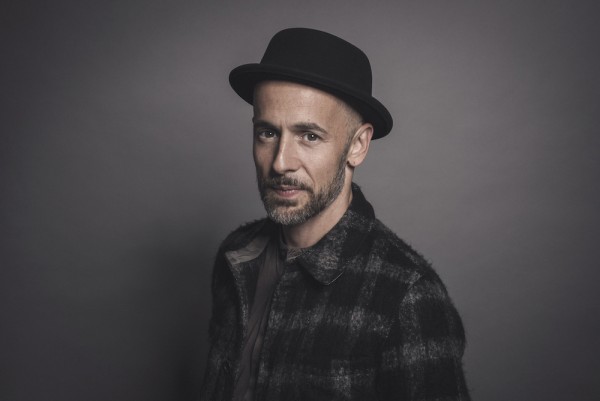On board the Aquarius
On board the Aquarius
Nicoló Lanfranchi
May 10, 2019
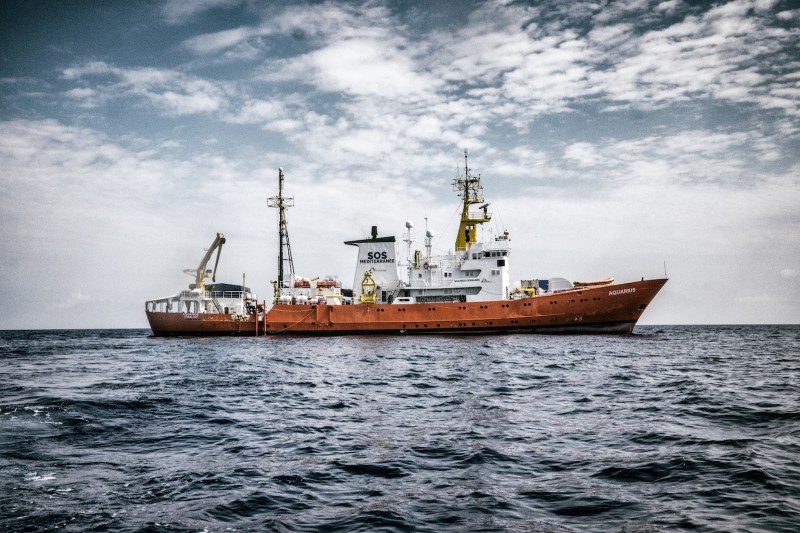
Nicoló Lanfranchi: In Italy there are numerous, incomprehensible, campaigns against the rescue of refugees, and deliberately false reports that produce fear within the population. I wanted to see what was happening with my own eyes, and give a face to the tragic stories that are unfolding all the time.
What campaigns and false reports are you referring to?
Italy's Deputy Prime Minister, Matteo Salvini, never tires of raising his voice against immigrants, and creating artificial scandals. I think that it's important that people get to know what's really happening during these rescue operations at sea, instead of hearing the propaganda that governments all over Europe are spreading.
How long were you on the Aquarius and what did daily life on board look like?
In total it was two weeks in the summer of 2018. We left Marseilles and headed for Libya, where we waited close to the coast. It's there, near the town of Sabratha, that the refugee boats are usually launched. First of all, we spent a few days observing the situation. Over time, we were able to rescue a number of people from small, wooden boats. They came from Syria, Egypt, Somalia, Eritrea and other countries. Some of them were children travelling alone. Once on board they were given food and drink, while Doctors without Borders looked after their medical needs.
What was your job as a photographer?
As a photographer, I produced a kind of diary for Spiegel and The Guardian. However, like everyone else, when it was necessary I had to help save lives. In addition, we had taken courses in First Aid and life support measures beforehand. Anyone wanting to be onboard was obliged to do so. It was all very professional and disciplined. In a worse case scenario it was then a matter of turning off the camera and helping with the rescue. Everyone was part of the mission. On top of that, I interviewed those we had rescued, and I heard of experiences that really hit me in the gut. Each one of those rescued had their own, depressing story to tell.
It all sounds like an enormous challenge...
Yes, that it was. There's no help coming from governments. This is something we experienced directly, with over 150 rescued people on board: no one wanted to authorise entry. We had to hold out at sea for a number of days, until Malta finally took pity and agreed to receive us. There were police cars waiting for us, however, and they took those rescued to accommodations. Italy is adamant that those rescued should all get sent back. The country closes its ports when it becomes known that refugees are heading their way. In addition, at the end of last year, the Italian government accused the Aquarius crew of having disposed of contaminated clothing. Even though there was no proof of it, the rescues at sea were stopped as a result. What happened there was quite simply criminal.
When you look back on the project, what do you think you will remember in particular?
This project has completely changed my perception of the sea. I no longer see coastlines as relaxed places to spend your vacations. Of course, as always, the atmosphere is unique, the colours of the water incredible, we saw dolphins... But people are dying there! And no one has the right to hinder the rescue of these people!
The ship is history, but Nicoló Lanfranchi's pictures ensure that it does not get forgotten. You can find information about and make donations to the organisation's projects at: sosmediterranee.com
Nicoló Lanfranchi+-
In addition to his work as a fashion, commercial and portrait photographer, the Italian is passionate about narrative, documentary photography. Among other things, he is already doing research into the environmental catastrophe at the Rio Doce in Brazil, for Amnesty International and Greenpeace. His photographic and audio-visual work tells stories centred around people. Lanfranchi’s work is published by the likes of Der Spiegel, The Guardian and Internazionale, and he teaches storytelling at the Istituto Europeo di Design in Milan. More

